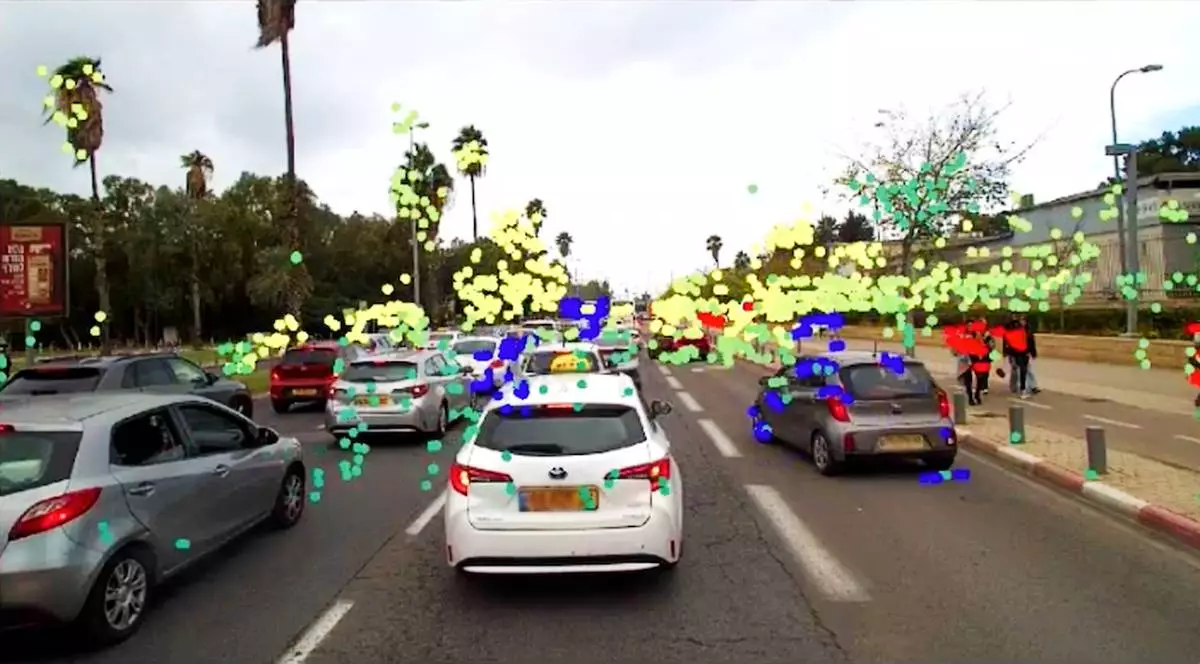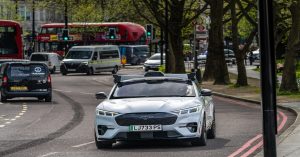A significant milestone in autonomous vehicle technology has been reached as a top global automaker has chosen Mobileye’s advanced Imaging Radar™ for its upcoming SAE Level 3 automated driving system. This decision follows years of rigorous evaluation, positioning Mobileye as a key technology provider in the race toward fully autonomous driving.
Starting in 2028, the automaker plans to integrate Mobileye’s 4D imaging radar into personal vehicles, enabling hands-off and eyes-off driving capabilities at highway speeds. Designed for enhanced perception in difficult driving conditions — such as fog, rain, or long-range detection scenarios — the Mobileye Imaging Radar aims to overcome the limitations of traditional sensors.
Developed since 2018, Mobileye’s imaging radar technology was built to provide a robust layer of sensor redundancy alongside camera-based systems. By offering reliable environmental awareness in poor lighting and complex traffic environments, the radar contributes to safer and more scalable autonomous driving — not just for consumer vehicles, but also for robotaxis and other advanced mobility solutions.
Mobileye’s CEO, Professor Amnon Shashua, highlighted the significance of the announcement:
“The selection of our imaging radar by this customer is a powerful validation of the work we’ve put into developing a radar system tailored for the demands of autonomous driving. We recognized early on that this sensing modality would be essential, and we’ve worked to build what we believe sets the new standard for imaging radar in the automotive industry.”
Unlike conventional automotive radar systems that primarily measure distance, direction, and relative speed, Mobileye’s imaging radar adds height detection — offering true 4D sensing. This expanded perception capability is essential for accurately identifying and classifying objects at various distances and elevations, which is especially critical at highway speeds.
The radar system’s cutting-edge architecture features complete digital signal processing via a Mobileye-designed processor. This processor, capable of 11 trillion operations per second (TOPS), processes over 1,500 virtual radar channels at a frame rate of 20 frames per second. This high-resolution processing enables extremely detailed environmental mapping, crucial for identifying small and distant hazards, such as a stray tire or road debris partially obscured by other vehicles.
Core to this innovation are Mobileye’s proprietary radar radio-frequency integrated circuits (RFICs), which allow for wide bandwidth, low-noise signal sampling, and high transmission flexibility. The result is outstanding angular resolution (below 0.5 degrees), a dynamic range of 100 dB — far exceeding the 60 dB standard in typical automotive radars — and side-lobe suppression at -40 dBc, reducing signal clutter for more accurate detection.
The forward-facing version of the radar, known as BSR, provides maximum sensing power, while a more compact BSRC version will be used for corner-mounted applications with over 300 virtual channels.
With the ability to detect pedestrians, cyclists, and motorcyclists up to 315 meters away — and small hazards as far as 230 meters — the Mobileye Imaging Radar is set to play a pivotal role in delivering safe, high-speed autonomous driving in complex real-world conditions.







